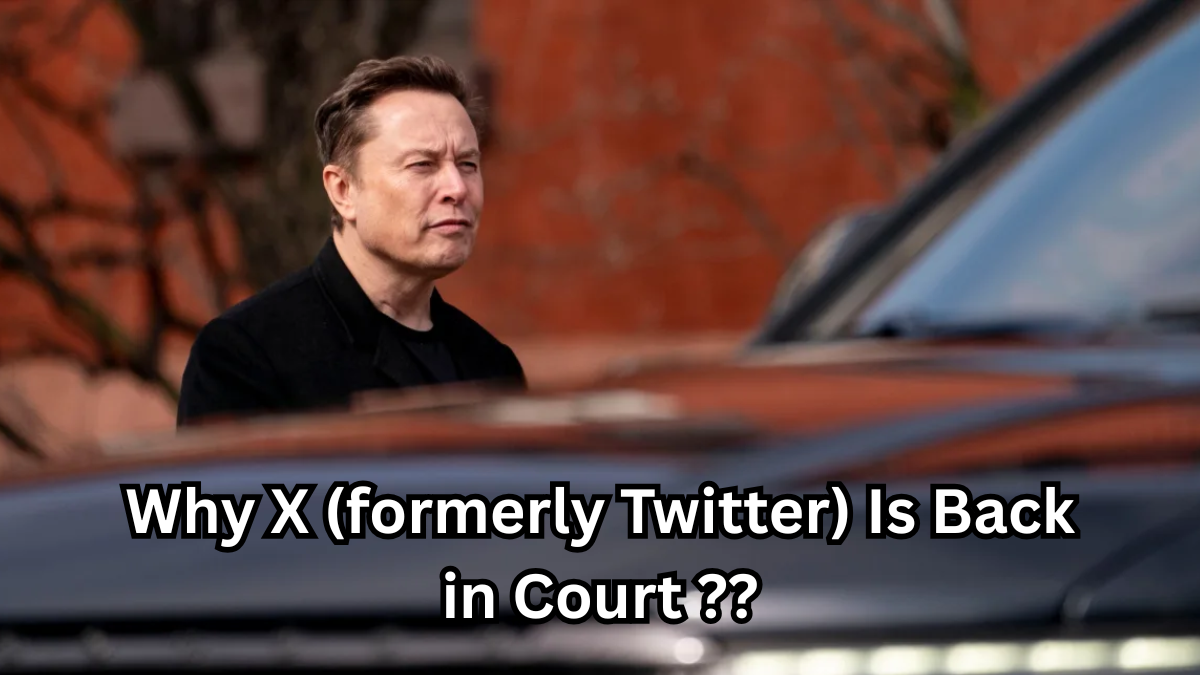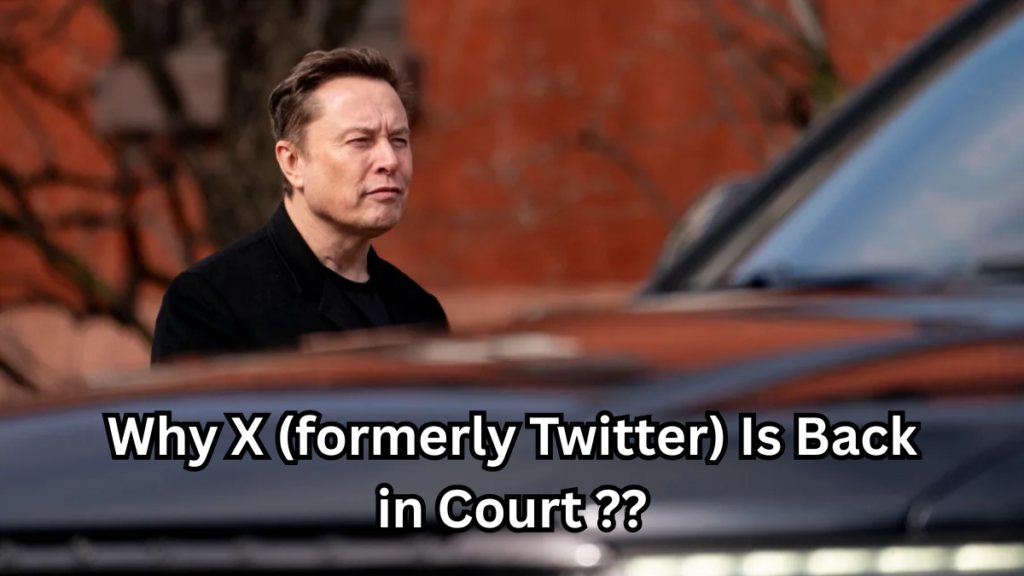| At‑a‑Glance | Details |
|---|---|
| Key players | Ministry of Electronics & IT (MeitY), Ministry of Home Affairs (MHA), social‑media platform X, Prime Minister Narendra Modi’s government |
| What’s new | X says India has quietly broadened who can demand content takedowns—potentially “countless” officials |
| Legal flashpoint | A new MHA‑run portal lets many departments file blocking orders without the older, stricter safeguards |
| Current status | Case heard briefly in Karnataka High Court; next hearing 27 March 2025 |
| Why it matters | Comes just as Elon Musk eyes Indian launches for Starlink and Tesla |
How the Dispute Began?
Back in 2021, the platform—then called Twitter—locked horns with New Delhi when it refused to pull down tweets supporting farmers’ protests. After a public dressing‑down, the company complied but kept the legal fight alive.
What X Is Challenging Now
-
A “parallel” takedown system:
-
Introduced via an MHA website in 2024.
-
Lets any government department file blocking orders.
-
-
Diluted oversight:
-
Earlier, MeitY orders had to cite narrow grounds such as sovereignty or public order.
-
They required sign‑off from senior bureaucrats and review committees.
-
The new portal, X argues, skips those guardrails.
-
“Unrestrained censorship of information in India,” the company states in its March 5 filing.
Why Timing Matters for Musk
Elon Musk isn’t only fighting for X’s free‑speech principles. Two other crown‑jewel ventures are circling the Indian market:
| Project | Indian Milestone | Why India Is Critical | |
|---|---|---|---|
| 1 | Starlink (satellite internet) | Awaiting regulatory spectrum clearance | Huge rural‑connectivity demand |
| 2 | Tesla (EV manufacturing & sales) | Talks for local factory & tax breaks | World’s third‑largest auto market |
A friendlier policy climate would grease the wheels for both expansions.
What Happens Next?
-
Karnataka High Court reconvenes 27 March 2025.
-
Possible outcomes:
-
Quash the new directive.
-
Uphold it, cementing wider government powers.
-
Order amendments or clearer oversight mechanisms.
-
FAQs
Q1. Does India’s IT Act normally limit who can censor content?
Yes. Section 69A allows takedowns only on specific grounds and requires approvals from a designated committee of senior officials.
Q2. Why doesn’t X simply comply and avoid court battles?
The company fears setting a precedent that could erode user trust and hamper free expression—both core to its global brand.
Q3. Could this case affect everyday Indian users?
Potentially. A broader censorship net might lead to quicker, less transparent removals of posts, hashtags, or entire accounts.
Q4. Is Musk’s push for Starlink and Tesla influencing X’s stance?
While officially separate, smoother relations with regulators would benefit all Musk‑led ventures, giving X extra incentive to clarify legal boundaries now.
In short, the courtroom showdown isn’t just about one social‑media platform—it’s a high‑stakes test of how far India’s digital speech rules can stretch in the world’s largest democracy.
Click here to learn more
Sachin is a dedicated writer specializing in education, career, and recruitment topics, delivering clear and actionable insights to empower readers.

